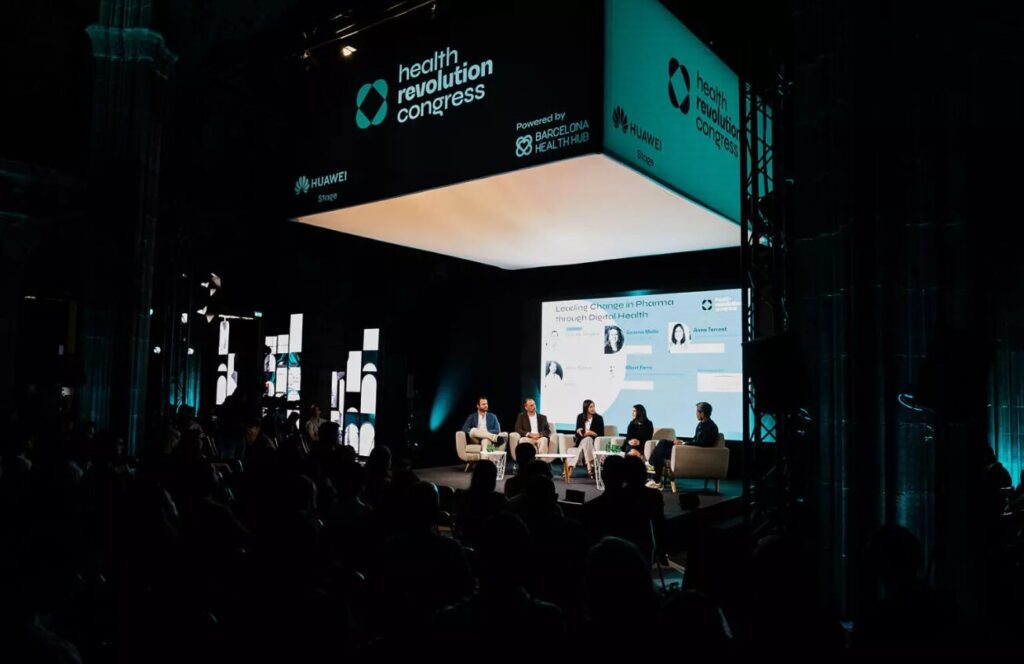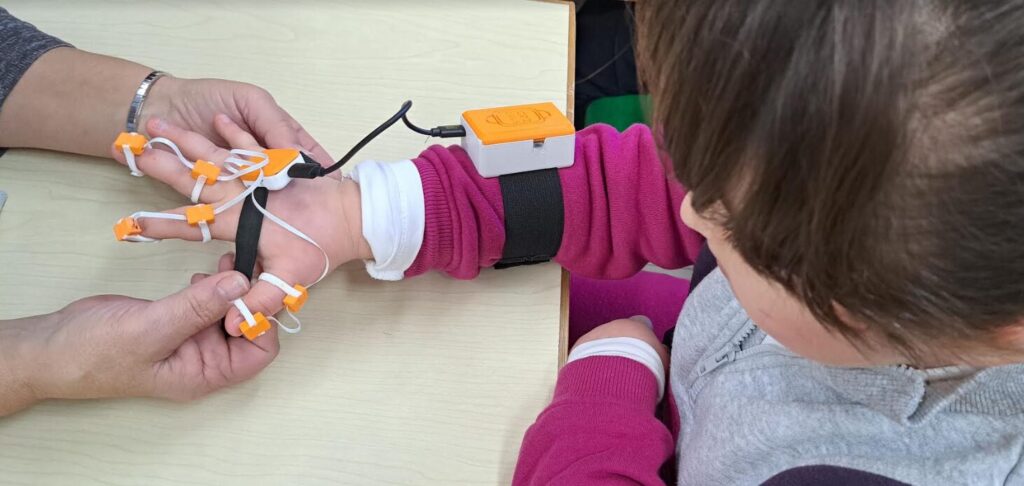
Michael Joe Cini
26th April 2023
5 key steps to consolidate Technology in Healthcare
Adopting new technology in healthcare is a significant change. Therefore, the decision should be deliberate and systematic, involving contributions from stakeholders, staff, and tech providers. A suitable consensus between these parties will help you determine appropriate parameters for consolidation and help improve the value derived from consolidation. Here are five key steps to take as you work through this process:
Listen to your staff
Probably the best people to understand how consolidation will fit into your healthcare system are your employees. Before incorporating new technology, engaging your physicians, nurses, and other healthcare staff early on is essential. Your staff can provide valuable ideas on how to make the workflow efficient.
Understand patient needs
According to Zippia, 72% of customers who have a positive experience will share it with six or more people. However, a person with a negative experience will inform 15 or more people. As a healthcare provider, you want to meet and surpass patient expectations. An excellent way to understand patient needs is to ensure you get as much feedback as possible. Send surveys post-care, actively monitor patient reviews, and engage with patients in-person so that you can understand their expectations better.
Choose technology that suits your business needs
Each healthcare system or provider has its unique nature. Work with your tech vendor to determine the solutions that best meet the needs of your patients, staff, and standards of practice. Choose a technology vendor that can answer questions on every aspect of the process so that you can be assured of quality.
Have a plan to tackle resistance
Handling change is one of the most challenging aspects of major transitions, so you must be prepared to encounter resistance. It is best to inform employees early enough about changes so they can be prepared, and it’s also helpful to educate them about the benefits of new systems to breed a positive attitude towards new technology.
Devise a detailed transition plan
Integration can facilitate significant improvement in processes and outcomes when done well. However, the process has to be as smooth as possible not to affect productivity. Before starting the whole process, create a detailed plan that addresses potential obstacles and minimizes downtime. Key aspects of your plan should include the following:
- Hardware and software tools needed.
- Training and capacity building.
- A rubric for addressing problems.
- A detailed implementation approach.
Integration may still be new in the healthcare sector, but it has the potential to provide added benefit. With proper planning and conscientious implementation, your practice can use technology to drive productivity and improve quality of care.
Why should you care about consolidating technology in healthcare?

Since the 1900s, the healthcare system has seen different technologies, facilitating improvement at multiple levels, from management to operations. The MRI, for example, made it easier for medical practitioners to view internal organs accurately, spawning an entirely new medical specialty. Today, technology is being adopted into medicine more rapidly: digital health records have gradually phased out paper-and-pen records, and more than 84% of medical practitioners in the US now offer telehealth services.
Medical technologies today can be seen as disparate – different services enable consultations, appointment schedules, creation and storage of medical records, and payments, which can be quite a struggle for patients and clinicians. For one, the multiple services have the potential to add to physician stress, and the lack of seamlessness can negatively impact the user experience. The most crucial area in which this lack of consolidation may be affecting healthcare is the adequacy of healthcare services for patients.
According to reports, up to 85% of healthcare facilities are dealing with a shortage of allied healthcare, with 59% turning to temporary workers to help fill the gap. Robin Johnson, Divisional President at AMN Healthcare, a Texas-based healthcare system, notes as much: “The national shortage of healthcare professionals is not limited to nurses and physicians. Allied healthcare professionals also are in short supply, and many facilities are striving to keep pace with their staffing needs.”
Healthcare systems have typically taken to more hiring to fill some of these gaps. However, experts now realize that the solution might be more than increased hiring alone. Simply hiring more doctors, nurses, and other healthcare staff does not solve the problem of insufficient healthcare service capacity. Improved efficiency and integration can effectively enhance the quality of healthcare systems and healthcare delivery.
Healthcare has traditionally been one of the slowest sectors to adapt to change, so it may be understandable that in a world of APIs and companies that integrate processes at multiple levels, health tech is barely integrated. However, integration has been demonstrated on several levels. A 2021 paper in Business Process Management Journal revealed that improvements in information integration led to quantitative performance improvements. And ample evidence outside of the scientific literature shows just how much value consolidation can add.
Amazon, one of the world’s most successful companies, grew to its behemoth size by offering a vast litany of services on one platform. On Amazon, users can search for products, order clothing, and catch up on their favourite series, all on one platform. When they’re done enjoying all these services, they are directed to a single portal to pay for them. Most of the world’s biggest tech companies already offer some form of integration that makes it easy for users to enjoy various services using one platform, replicating Amazon’s revolutionary model.
Facebook, for example, allows users to view stories on Instagram while on the Facebook app. YouTube Music will enable people to listen to music on its platform, and if they want to check out the video, all they have to do is tap a button and they can enjoy that experience without switching to the traditional YouTube app.
And why are all the big tech giants integrating so much? The key lies in the seamlessness of the customer experience. Having everything in one place makes it easier for providers and consumers to reach what they need, improving customer retention. In the healthcare system, a seamless customer experience will make patients more likely to seek care, enhance the quality of the response from physicians, and improve the quality of care patients receive.
Additionally, consolidation provides greater efficiency to existing systems. The healthcare industry has significantly declined in its workforce in recent years. According to a report by Elsevier Health, up to 47% of US healthcare workers plan to leave the healthcare workforce by 2025. Coupling this with several healthcare systems experiencing workforce shortages, it becomes increasingly apparent that healthcare systems need to do more with less. In addition, consolidation helps improve data security. When most office duties are situated on one platform, healthcare systems can better monitor patient data and keep it secured.
Join us in London!
Connect with Med-Tech World in London for a night of game-changing discussions and collaborations in digital health and med-tech sectors that will shape the future of healthcare. Don’t miss out on this exciting opportunity to network, learn, and innovate!






